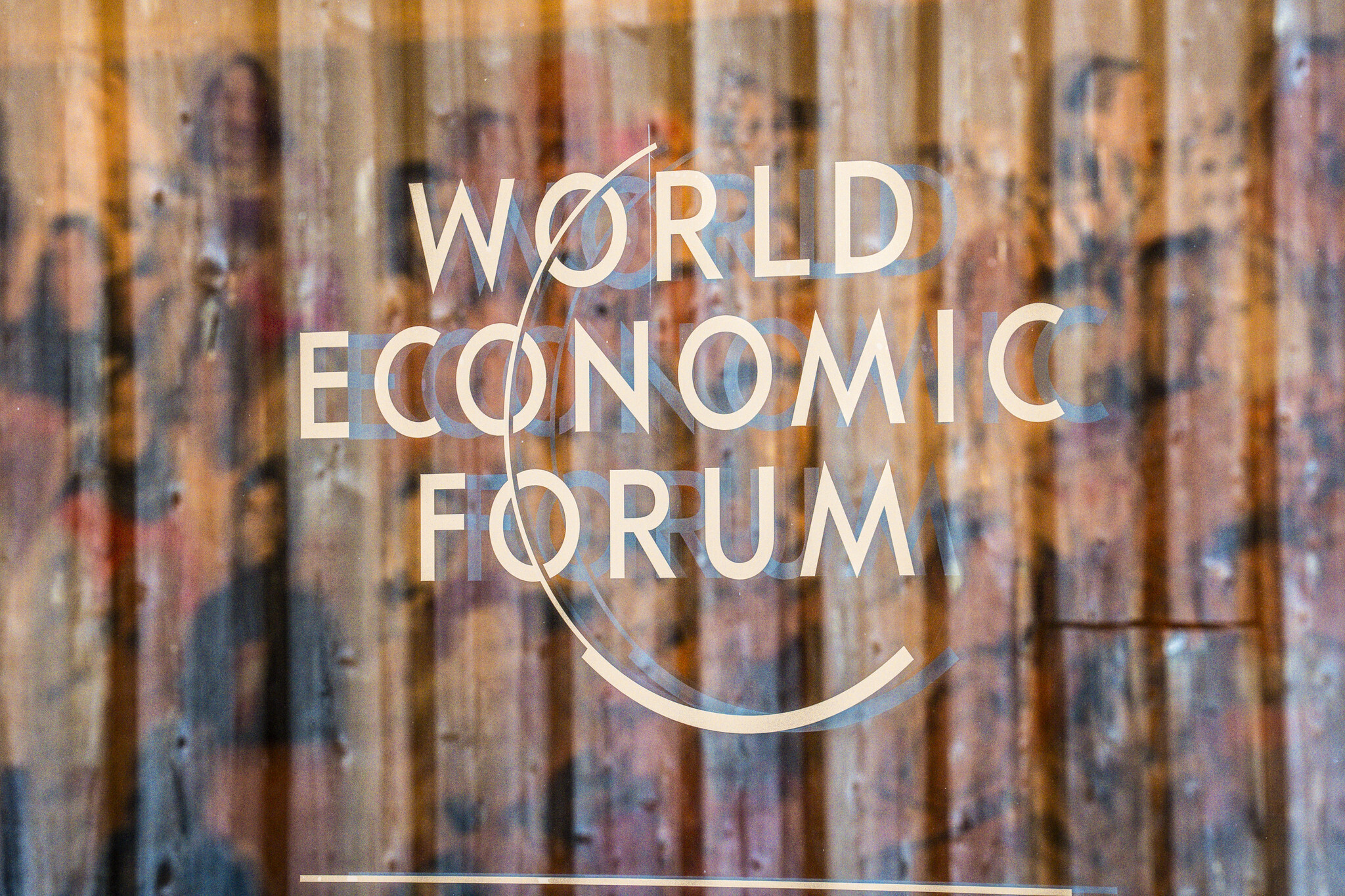Supply chains can be a climate game-changer. Here's why

Supply chains present a huge and largely untapped opportunity to cut emissions Image: Getty Images/iStockphoto
- Eight supply chains account for more than 50% of global CO2 emissions.
- Fully decarbonizing these would add just 1-4% to end-consumer costs for many everyday items.
- There are nine major actions that every CEO can take to engage suppliers and decarbonize their end-to-end supply chain.
- A new report from the World Economic Forum and BCG shows how.
For leading business executives committed to climate action, there was a silver lining in the dark cloud of 2020. Greenhouse gas emissions dropped for the first time since the Second World War – by about 6-8%. Your company’s emissions probably went down along with everyone else’s.
But most of this has happened for all the wrong reasons, and companies need ways to lower emissions that do not grow out of economic or operational disruption. Our latest analysis suggests that for many, a major opportunity lies in their supply chains.
To date, supply chain emissions (Scope 3 upstream in the language of the Greenhouse Gas Protocol) have not been a major focus for most companies. Most have concentrated on reducing emissions in their own manufacturing plants and offices or resulting from their purchase of third-party electricity and heat (Scopes 1 and 2 respectively). This presents a huge untapped opportunity for climate action.
For many companies – especially those which serve end-consumer markets – the emissions created in their upstream supply chains far outweigh the emissions from their direct operations. For a typical fashion or food retailer, for example, only about 5% of its emissions are from direct manufacturing, while emissions generated in the supply chain can be 5-10 times higher. Pushing for decarbonization among suppliers therefore offers companies like these a chance for impact that far exceeds what they can accomplish in their own operations. Add to this the globalized nature of present-day supply chains, and the potential for impact is enormous: actions taken by companies in one part of the world will result in emissions reductions across borders, often in countries where climate action may not be high on the political agenda (yet).
When you look at the eight major supply chains that drive more than 50% of global emissions, such as food and construction, it becomes clear that agricultural and heavy industrial inputs account for the vast majority of the emissions embedded in the products we use every day. The burden to decarbonize therefore falls mainly to those upstream material producers, who may struggle to fund the transition to net-zero alone. Raw material inputs like steel, cement and chemicals may be costly to decarbonize for producers – but when these costs are shared with their downstream customers, the burden becomes much lighter. End-consumer companies, which often have higher margins and a more engaged consumer base, can collaborate to incentivize action among their cash-strapped suppliers and fund the transition. When this collaboration is done right, it is a vital game-changer for the climate.
Consider this example: in the automotive value chain, we found that OEMs can achieve up to 60% emissions reductions through their supply chains with levers that cost them less than €10 per ton of CO2-equivalent, and which are ready to be deployed today. Working with suppliers to increase the share of recycled input materials, funding dedicated process efficiency measures and mandating renewable power use across the supply chain gets you a long way towards a supply chain net-zero goal. While it might cost the steel maker significantly more to make the green steel in a car, that green steel and other green inputs materials account for a less than 2% price increase on the total cost of the car for the end consumer. Funding that steel production process change is therefore an easier hurdle to overcome when it is shared between both the automaker and steel producer.
So why is this not happening at scale today? Many companies simply do not know where to begin – engaging a fragmented supplier base, with limited data visibility and seemingly conflicting procurement priorities can seem like a mammoth task.

Our first suggestion is to get a clear picture of the emissions from activities upstream – ideally by building a comprehensive database using supplier-specific data where possible. This can serve as a basis for defining and committing to clear reduction targets for the years ahead. Among our other recommended actions (there are nine in our report) we urge companies to redesign their products for circularity, incorporating sustainability into material selection and feature development. They should engage with suppliers on emissions standards, adding sustainability requirements to procurement procedures and offering better terms to those that show progress. Companies also need to push for ecosystem action within and across their respective industries to make lasting change happen.
Of course, the priority actions are company- and supply-chain specific. If you are a fast-moving consumer goods company, your initial focus might be on ensuring a circular model for your packaging or redesigning your products to use ingredients with a lower environmental impact. A construction company is likely to push suppliers to implement 'greener' processes for creating cement and to invest in carbon capture technologies (a longer-term and more expensive proposition). In professional services we must switch to renewable energy and heat in all our offices and work with our suppliers to scale up cleaner aviation fuels.
Ultimately, to get on track for a Paris-compliant world we need to see collaboration across supply chains at a huge scale. Some leading companies are already setting the pace, and I hope to see many more follow in the run-up to COP26 later this year. And clearly, government action and context-setting will be critically needed to set the world on a net-zero path. But with so much at stake, an increasingly engaged consumer base, and all the technologies we need largely available to us, I urge my fellow CEOs to seize the supply chain opportunity.
It's time to move.
Have a look at our recently published joint World Economic Forum and BCG report Net-Zero Challenge: The Supply Chain Opportunity for more insights.
Don't miss any update on this topic
Create a free account and access your personalized content collection with our latest publications and analyses.
License and Republishing
World Economic Forum articles may be republished in accordance with the Creative Commons Attribution-NonCommercial-NoDerivatives 4.0 International Public License, and in accordance with our Terms of Use.
The views expressed in this article are those of the author alone and not the World Economic Forum.
Stay up to date:
Logistics
Forum Stories newsletter
Bringing you weekly curated insights and analysis on the global issues that matter.
More on Forum in FocusSee all
Gayle Markovitz
October 29, 2025







